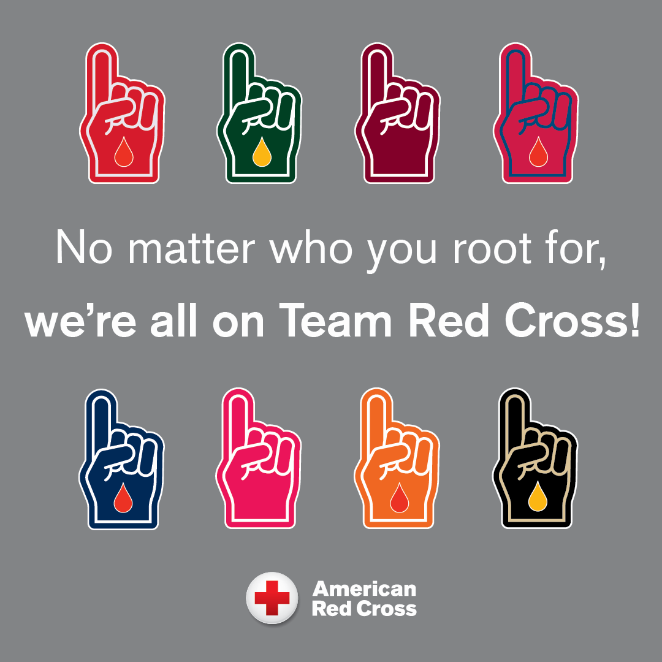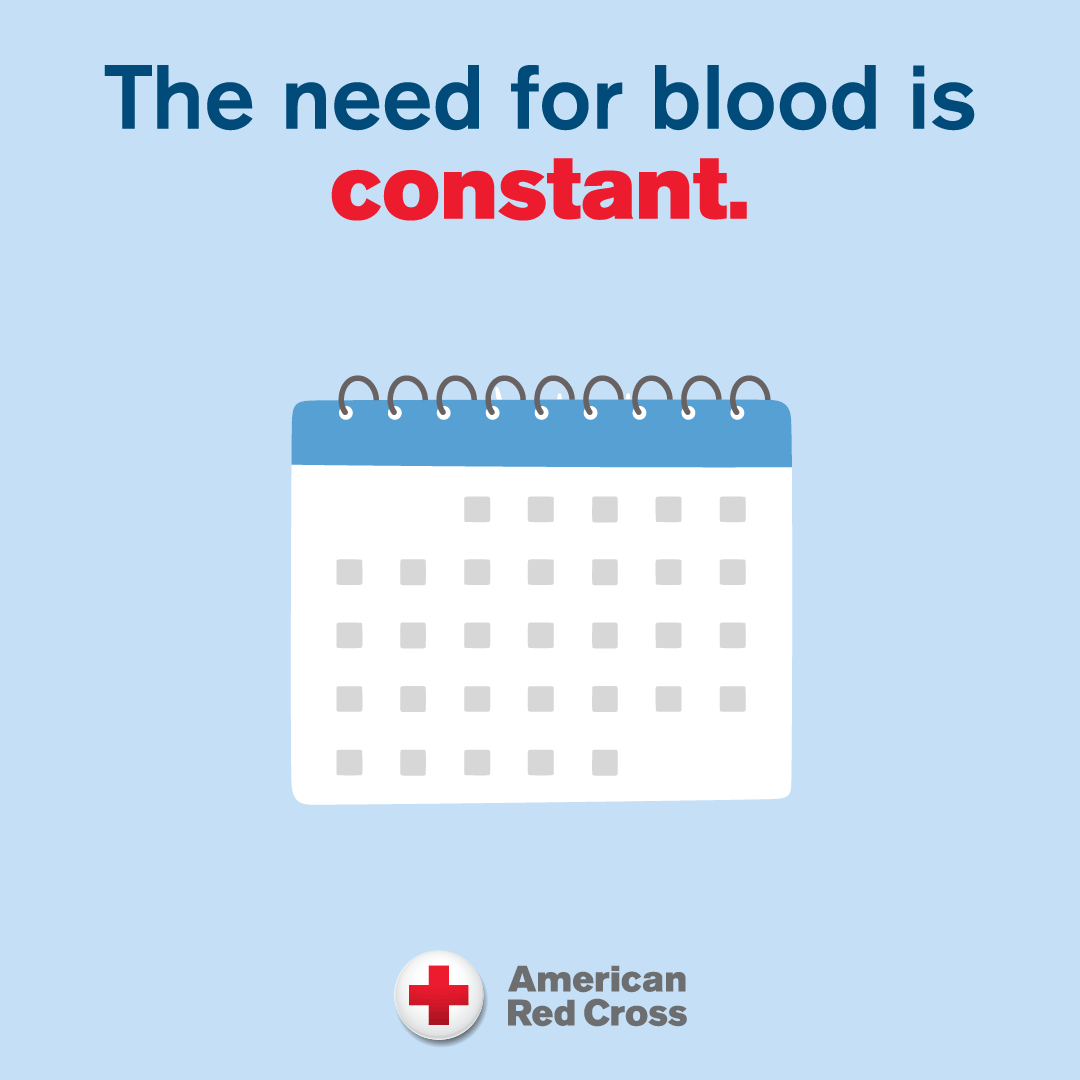Our supplier diversity process provides (WMDVBE) an opportunity to compete and participate in Red Cross procurement activities. While developing and promoting mutually beneficial relationships between our organization & suppliers, we are able to fulfill Red Cross operational requirements / needs at best quality & value.
An “Enterprise” is any business which fulfills the definition of Women, Minority-Owned Business, Disabled, Veteran-Owned Business Enterprise. Enterprises must be certified by an acceptable agency, including without limitation, the Small Business Administration, the NMSDC Affiliated Council, or the Women's Business Enterprise National Council (“Agency”), etc.
Definitions:
“Minority Group” — African Americans, Latino Americans, Native Americans (American Indians, Eskimos, Aleuts, and native Hawaiians), Asian-Pacific Americans, and other minority groups as recognized by the United States Small Business Administration Office of Minority Small Business and Capital Ownership Development.
“Minority-Owned Business Enterprise” - A “for profit” enterprise, regardless of size, physically located in the United States or its trust territories, which is at least fifty-one (51%) percent owned, operated and controlled, by one or more member(s) of a Minority Group who maintain United States citizenship.
“Woman-Owned Business Enterprise” - A “for profit” enterprise, regardless of size, located in the United States or its trust territories, which is at least fifty-one (51%) percent owned, operated and controlled by a female of United States citizenship.
“Veteran-Owned Business Enterprise” - A “for profit” enterprise, regardless of size, located in the United States or its trust territories, which is at least fifty-one (51%) percent owned, operated, and controlled by a disabled veteran. The disabled veteran's ownership and control shall be real and continuing and not created solely to take advantage of special or set aside programs aimed at supplier diversity. The Association of Service Disabled Veterans/National Veterans Owned Business Association (NaVOBA) - www.navoba.com, provides certification for this category of business owners throughout the United States.
“Disabled-Owned Business Enterprise” - A “for profit” enterprise, regardless of size, located in the United States or its trust territories, which is at least fifty-one (51%) percent owned, operated and controlled, by an individual of United States citizenship with a permanent mental or physical impairment that substantially limits one or more of the major life activities and which has a significant negative impact upon the company's ability to successfully compete. The ownership and control shall be real and continuing and not created solely to take advantage of special or set aside programs aimed at supplier diversity. Due to the absence of a certifying agency for this category of business owners, the Disabled-Owned Business Enterprise must complete an affidavit and provide supporting documentation to be eligible for consideration towards diverse supplier participation.
1st Tier - Primary contractor/supplier engaged in direct business with the American Red Cross
2nd Tier - Sub-contractor/supplier engaged in indirect business with the American Red Cross
Sourceable Spend - All sourceable dollars spent with suppliers by diverse and non-diverse status captured by commodity, ethnicity, and demographics both direct and indirect






 Digital Certificates
Digital Certificates Donating Blood
Donating Blood Financial Donations
Financial Donations Fundraising and Brand Use
Fundraising and Brand Use International Humanitarian Law
International Humanitarian Law International Services
International Services Internship Program
Internship Program Reconnecting Families
Reconnecting Families Support for Military Families
Support for Military Families Taking a Class
Taking a Class